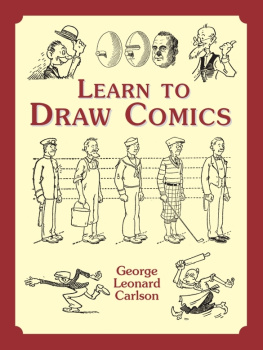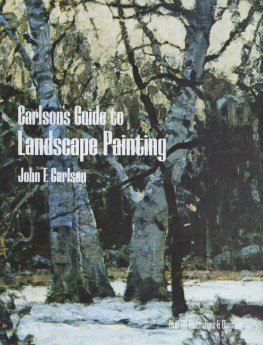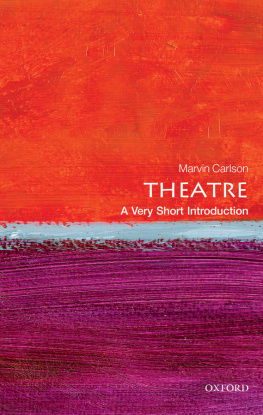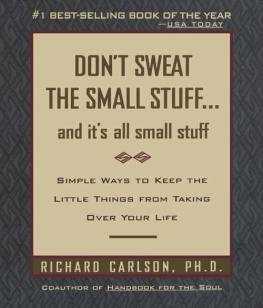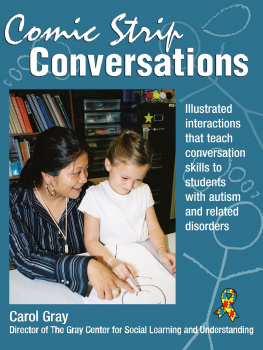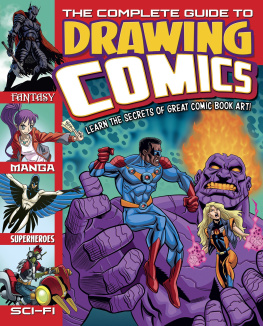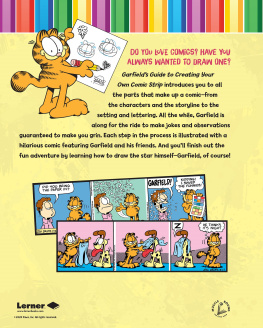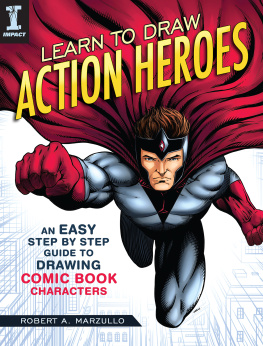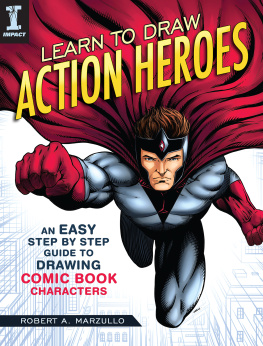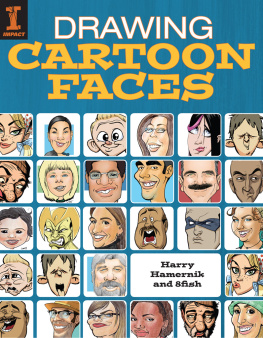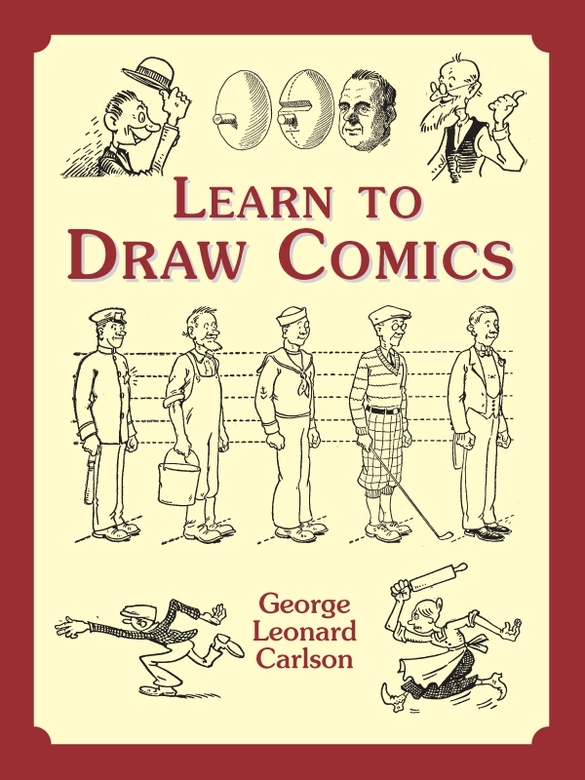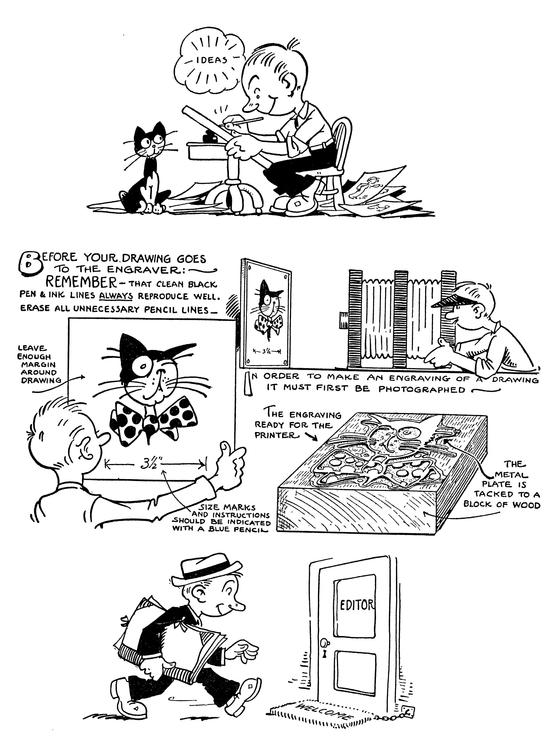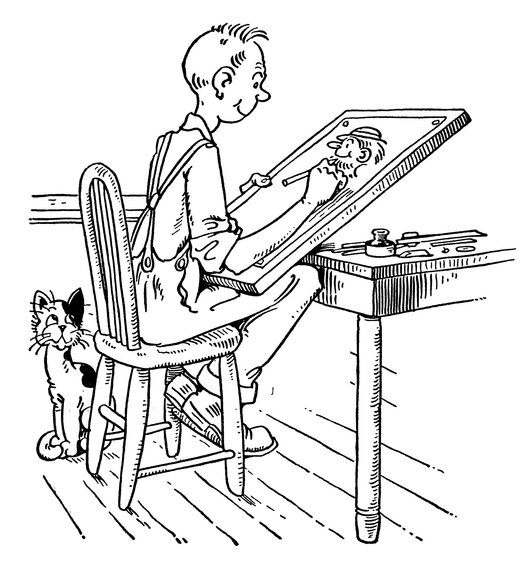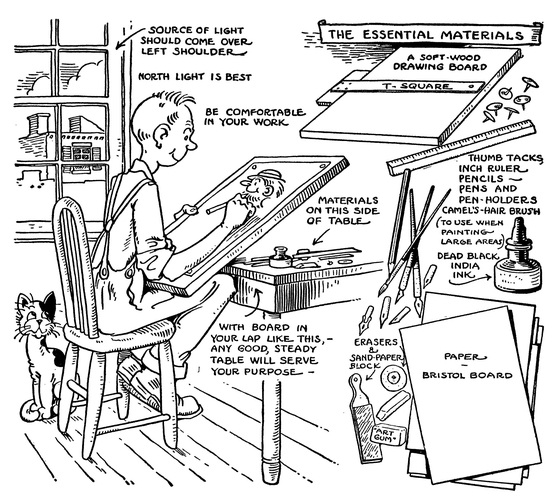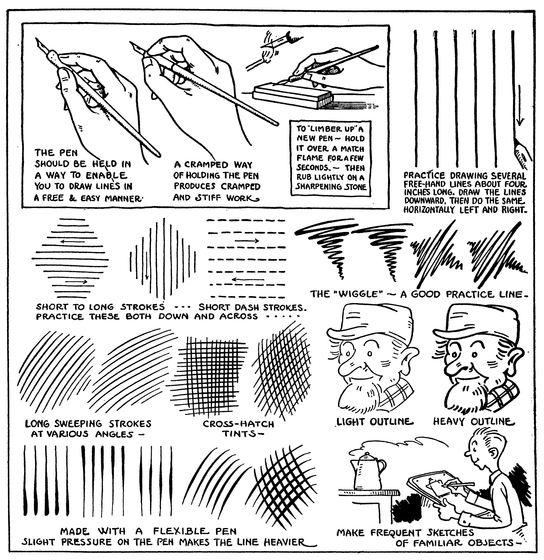The idea is the very soul and living personality of a cartoon. The ability to draw can be taught and developed by constant hard work, practice, and observation of various definite rules, but the best rule regarding the production of original ideas can be told in two words. Be yourself.
A good education, backed by a generous fund of general knowledge, is an invaluable aid towards success, even though the amount of natural gifts may seem small. As the brain becomes more prolific with exercise, training oneself in getting up ideas is a matter of mental gymnastics. Organized and systematic thinking, leading one thought to another, and considering them from various angles, will bring the best results in evolving ideas.
A sense of humor is about the best faculty a cartoonist can have. With an alert mind and keen observation, he can see much idea material in every-day incidents and events about him, and a retentive memory will store up a rich amount of material for future use. Whatever your own gifts may be, whether great or small, make the very best of them, for, by their development, ideas will grow with cultivation.
REPRODUCTION
Next to seeing his work in print, the cartoonist is mostly interested in seeing it reproduced well. If he knows how to prepare his drawing for reproduction and has a general idea of the method by which it is reproduced, many mistakes can be avoided that might mar the appearance of the work when published.
The lines of a finished drawing should be clear and black, without any blots or smudges. Noticeable pencil lines should be erased and enough paper margin left around the actual drawing to allow tacking it on the board before the engravers camera.
In order to print a picture, an engraving must be made of it. This is a metal plate upon which the lines of the drawing appear in reverse and relief and to an even height making a perfect printing surface.
The first step in this process is the photographing of the drawing to whatever size determined. The photograph is transferred to the metal, and then prepared for an acid bath, the purpose of which is to eat away the metal not needed and leave only the lines of the picture as a printing surface. When finished thus far, it is fastened to a wooden block and is ready for the printer, who, if duplicates are required, can have them made from the original by means of other processes such as electrotyping or stereotyping.
Comics in full color, such as in the Sunday supplements, require only a black pen and ink drawing as the first step, the colors being later indicated on proof-prints or tracings as a guide for the engraver. A set of four plates is then made of the single subject, the work being printed with red, yellow, blue, and black inks. The three colors, red, yellow and blue when printed singly or in combination with each other produce practically every tint or color needed, while the printing in black takes in the general outlines of the original drawing.
SELLING YOUR WORK
Equipped with knowledge, both practical and theoretical, the cartoonist student is eager to see his work in print. He should not expect to find a short step from his studies to the position of a highly paid cartoonist. There is no short cut to fame in this field. Success comes as a result of keeping continually at it, often beginning with the most obscure and minor position and climbing up the ladder rung by rung.
The problem of getting a job or selling work is solved best by the individual according to his natural way of going at any sort of proposition. Plan a job-getting campaign carefully. Decide on the kind of work you want to do and canvas that particular field thoroughtly. Sell quality, not quantity, letting your work speak for itself. Study the needs of the people to whom you are trying to sell it. Sell the publisher the kind of service he wants, such that will help the policy and success of his paper, and your job will be assured. He is not buying art for arts sake, but something that will interest his readers and boost the circulation.
Besides newspapers and syndicates, many other fields are open to the cartoonist. Advertising agencies, the larger printing firms, trade journals and industrial publications are frequent and large consumers of comic art.
Regardless of what road the beginner takes, he will find that the sign-posts all have the same message, in that steady and intelligent work will win in the long run. Keep on drawing whether you have a job at it or not. Be observant, and keep up-to-date. Draw what is in your heart and soul and give the world the best there is in you and the best will come back to you.
How to Begin and What to Use
TO PRODUCE good work, the student-cartoonist should have, besides enthusiasm and a desire to learn, suitable working equipment. The few materials needed should be of good quality, and the place in which to work, comfortable and practical.
The source of light should come from the left, (unless one is left-handed), to avoid unnecessary shadows on your work. Any good steady table will serve if you lack a professional drawing table, and a drawing-board (23x31 inches or smaller) should be of soft pine so the work can be tacked on easily.
For finished pen work use a smooth-surfaced Bristol board of 2 or 3 ply thickness and for pencil and practice work, good smooth typewriting paper. Use medium soft grade pencils, free from grit, and keep them nicely pointed by means of a sandpaper block. A soft eraser or Art-Gum cleans pencil lines easily, while a sharp knife or hard ink eraser is needed to correct pen-work. Ball-point and Falcon No. 1 pens are best suited for outline and general work, while the Gillott No. 404, No. 303, No. 170, and No. 290 are for medium to very fine lines (in order named). Have a good comfortable pen-holder for each grade pen and use only a dead BLACK waterproof India drawing ink, as ordinary writing ink will not reproduce.
Large spaces of black can be filled in with a good sable or camels-hair brush (size 3 or 4). Pen wipers, thumb-tacks, a 24-inch T-square and an inch-ruler practically completes your equipment.
Besides continual pencil practice which helps one to get into the swing of drawing easily in pen and ink, a free and easy manner of working also depends greatly on how you hold your pen. The above diagram shows the correct as well as a cramped way of holding it. Some simple line exercises will be best to start with, so study the various styles shown, and do them several times in order to accustom yourself to the use of the pen. Use the kind of pen most suitable, holding it correctly and turning the paper at whatever angle is most comfortable.
Do not labor over a line. Draw with confidence and acquire a moderate speed, but not at the expense of accuracy. Keep on practicing these lines until you feel you can do them perfectly. In drawing outline figures, strive for uniform lines, whether extremely thick or thin, as in examples shown above.

